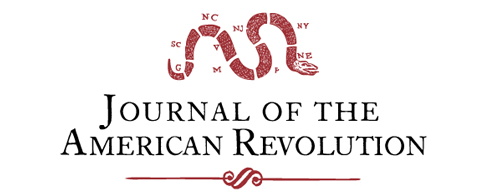“In the Cause of American Liberty:” Catholic Contributions to Independence
Eighteenth-century America was predominantly Protestant, and the Thirteen Colonies suffered from a virulent strain of anti-Catholicism. Despite this, the mostly-Protestant Founding Fathers, while being greatly inspired by their Protestant English forebears, were greatly inspired by Catholic thinkers as well. The United States was not established as a Christian country, with American diplomats asserting in 1797: […]
